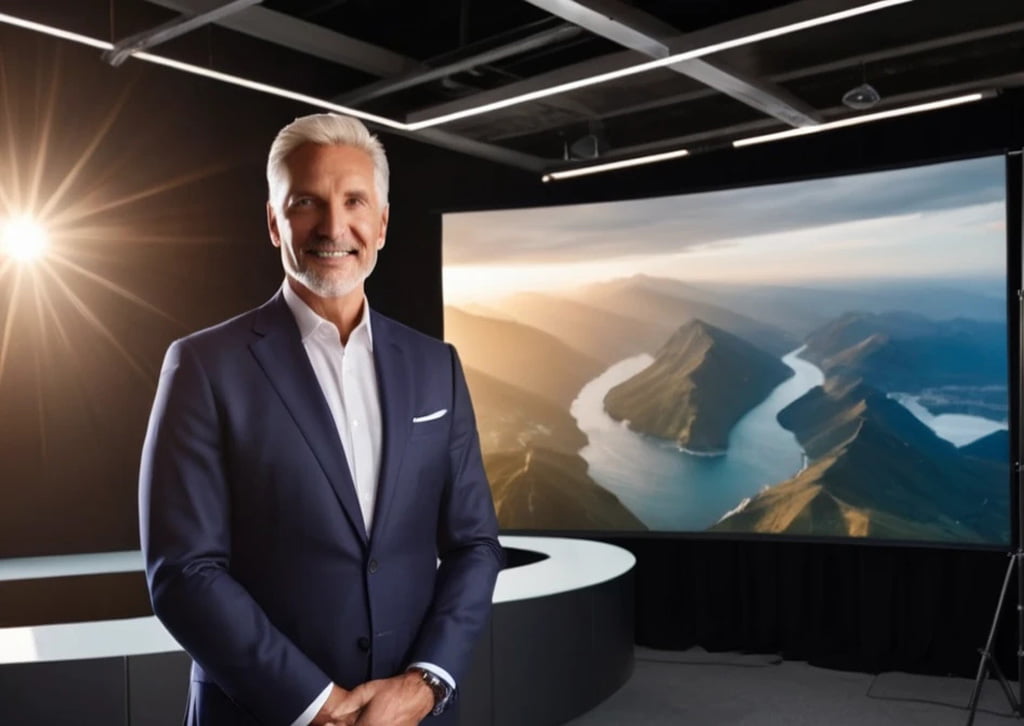Leadership is not merely about managing day-to-day operations; it’s about inspiring and driving innovation, setting the course for the future, and navigating uncharted waters. This is where visionary leadership steps into the spotlight. In this article, we’ll explore the concept of visionary leadership, its defining characteristics, historical exemplars, the impact it has on businesses, and how one can develop these essential skills.
What is Visionary Leadership?
At its core, visionary leadership is the art of seeing beyond the present and envisioning a future that others may not yet perceive. It involves setting a clear, compelling vision for the organization and inspiring others to work passionately toward achieving it. Visionary leaders are not content with the status quo; they are change-makers, dreamers, and innovators.
Characteristics of Visionary Leaders
Foresight and Innovation
Visionary leaders possess a remarkable ability to anticipate future trends and opportunities. They are like chess players, thinking several moves ahead, which allows them to make strategic decisions that keep their organizations ahead of the curve.
Inspiration and Motivation
These leaders have the charisma to inspire their teams. They can articulate their vision in a way that ignites a fire in the hearts of their employees, motivating them to give their best and go the extra mile.
Risk-Taking and Adaptability
Visionary leaders are not afraid to take calculated risks. They understand that innovation often involves stepping into the unknown, and they have the resilience to adapt when faced with challenges or failures.
The Impact of Visionary Leadership
Business Growth
Under visionary leadership, companies often experience remarkable growth. The ability to spot opportunities and lead with innovation can open new markets and revenue streams.
Innovation and Creativity
In a world driven by technological advancements and rapid change, innovation is the lifeblood of any business. Visionary leaders encourage a culture of innovation by fostering an environment where creativity thrives. This leads to groundbreaking ideas, new product developments, and enhanced competitiveness.
Employee Engagement and Retention
Visionary leaders inspire their teams, making employees feel connected to the organization’s mission and vision. This heightened engagement not only boosts productivity but also reduces turnover rates, as employees are more likely to stay committed to a company that shares their values and aspirations.
Market Leadership
Businesses led by visionary leaders often take the lead in their markets. Their ability to anticipate trends and adapt quickly gives them a competitive edge. They set industry standards and influence market direction, positioning their organizations as market leaders.
Financial Success
While visionary leaders prioritize long-term goals, their strategic decisions often lead to financial success. Investors and stakeholders are more likely to support a company with a clear vision and a track record of innovation and adaptability.
Visionary Leaders in History
Steve Jobs
Steve Jobs, the co-founder of Apple Inc., is a prime example of a visionary leader. His relentless pursuit of perfection and innovative products changed the way we live, work, and communicate.
Elon Musk
Elon Musk, the CEO of SpaceX and Tesla, Inc., is another contemporary visionary leader. His ambitious goals of colonizing Mars and revolutionizing transportation have pushed the boundaries of what’s possible.
Developing Visionary Leadership
Cultivating Foresight
Developing foresight involves staying informed about industry trends, seeking diverse perspectives, and practicing scenario planning. Visionary leaders are always learning and expanding their horizons.
Inspiring Others
Leaders can improve their ability to inspire by honing their communication skills, crafting a compelling vision statement, and leading by example.
Embracing Risk
Becoming comfortable with risk requires stepping out of one’s comfort zone, learning from failures, and building resilience. Visionary leaders understand that calculated risks can lead to great rewards.
Challenges of Visionary Leadership
Resistance to Change
Not everyone embraces change readily, and visionary leaders may face resistance from those comfortable with the status quo. Effective communication and persuasion skills are crucial in overcoming this challenge.
Balancing Short-term and Long-term Goals
Visionary leaders must strike a balance between pursuing their long-term vision and meeting short-term business objectives. It’s a delicate juggling act that requires strategic planning.
Conclusion
Visionary leadership is not a luxury but a necessity in today’s business landscape. It has the power to transform organizations, drive innovation, engage employees, and lead to long-term success. As businesses evolve and adapt to an ever-changing world, visionary leaders will continue to be the driving force behind their success.
In your pursuit of excellence in business leadership, remember that visionary leadership is not a destination but a journey. Continuously cultivate and refine your leadership skills, and you’ll find your organization not just surviving but thriving in the dynamic world of business.
FAQs
A visionary leader is focused on innovation, long-term goals, and inspiring change, while a traditional leader tends to prioritize stability, short-term objectives, and maintaining the status quo.
Yes, with dedication and the right mindset, anyone can develop visionary leadership skills. It’s a matter of cultivating foresight, inspiring others, and embracing calculated risks.
Visionary leadership can help small businesses identify growth opportunities, differentiate themselves from competitors, and foster employee engagement, all of which are crucial for success.
Practical tips include staying informed about industry trends, improving communication, setting a compelling vision, and learning from failures.
While visionary leadership can lead to great success, it can also be challenging, as it involves navigating resistance to change and balancing short-term and long-term goals. Success often comes with its own set of pressures and responsibilities.

